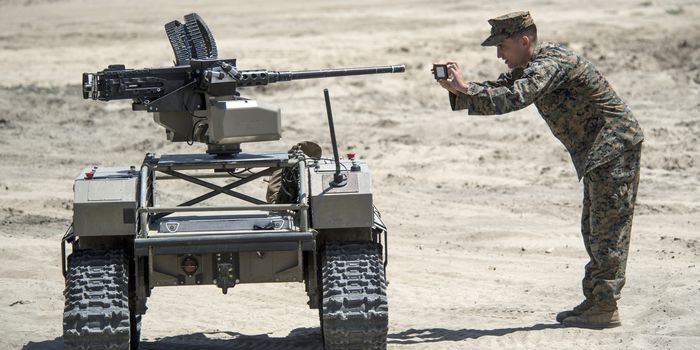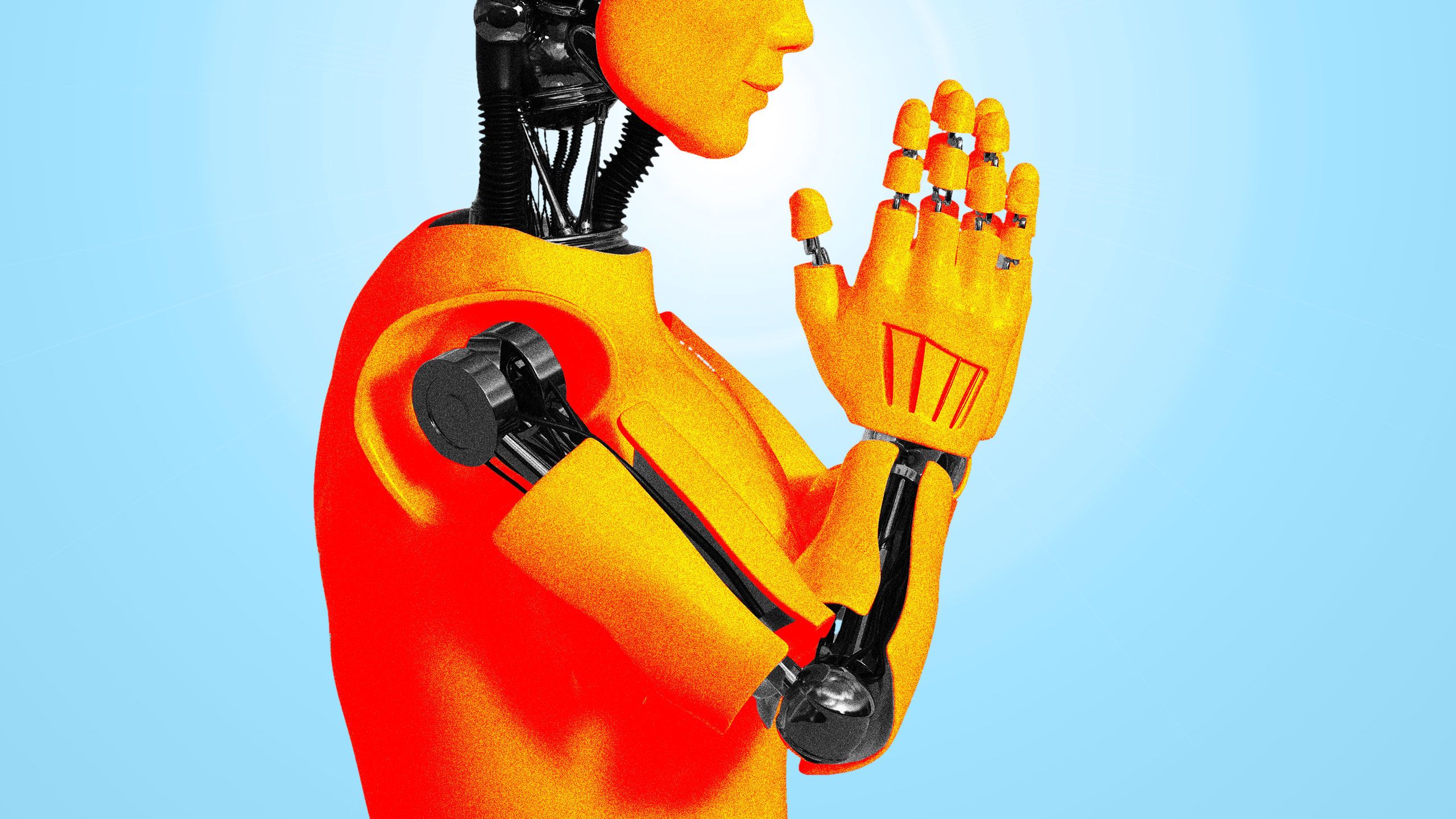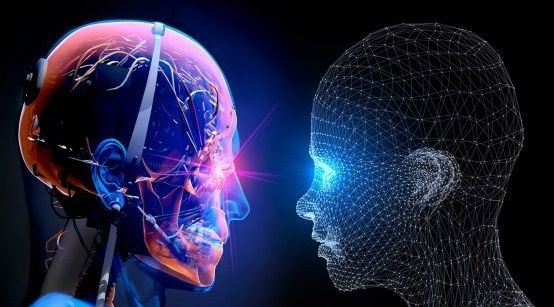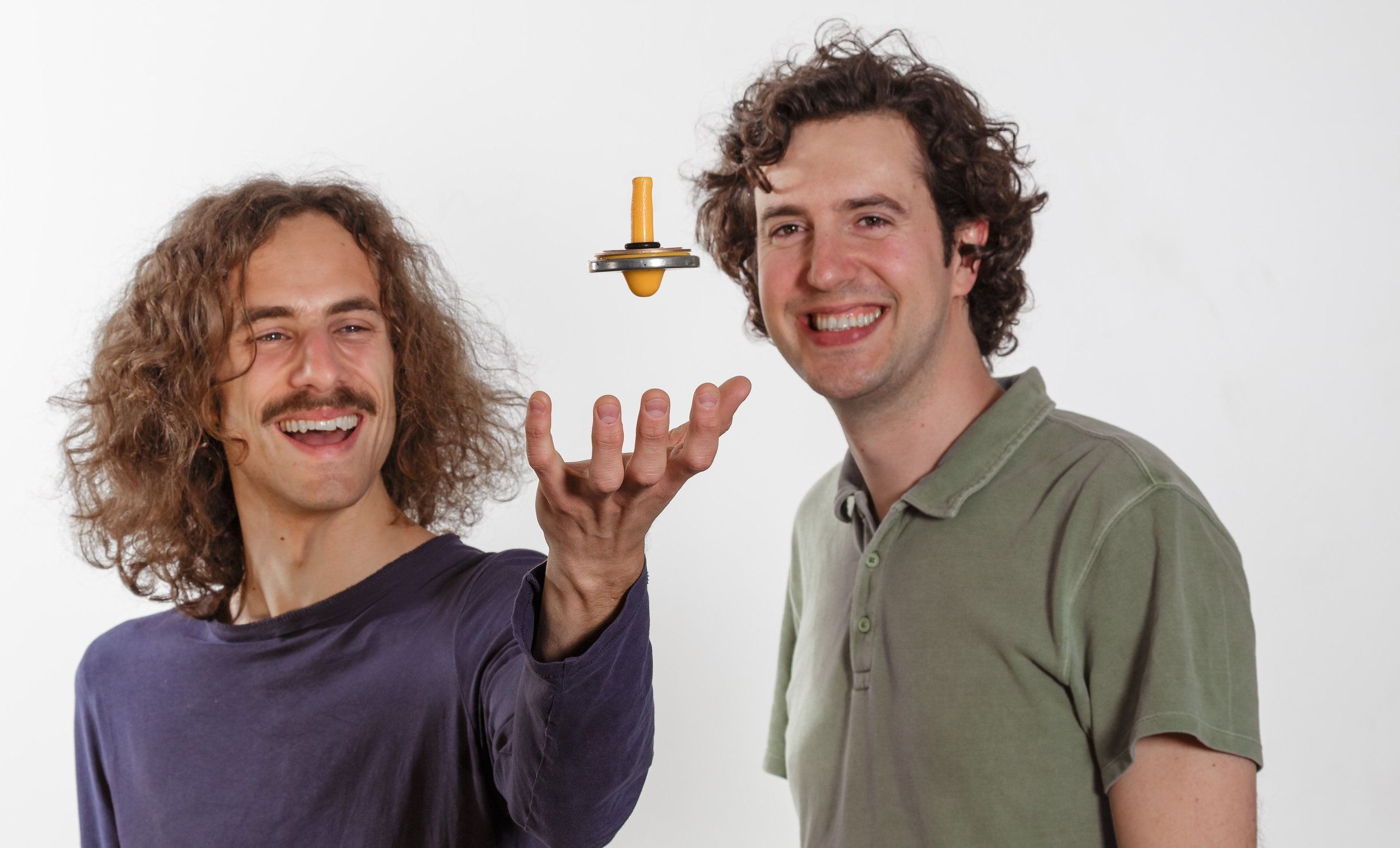Page 10099
Oct 29, 2017
Dr Aubrey de Grey — Rejuvenating biotech: Why age may soon cease to mean aging
Posted by Montie Adkins in categories: biotech/medical, business, life extension, space

Dr. Aubrey De Grey is a biomedical gerontologist and the Chief Science Officer at SENS Research Foundation, a biomedical charity that funds research dedicated to combating aging. His research interests encompass the characterization of all the accumulating and eventually pathogenic molecular and cellular side-effects of metabolism (“damage”) that constitute mammalian aging, and the design of interventions to repair and/or obviate that damage. In line with his research, De Grey gave a talk at The Aspen Abu Dhabi Ideas Festival focusing on “Rejuvenating Biotechnology: Why age may soon cease to mean aging”.
In March 2017, the Aspen Abu Dhabi Ideas Forum welcomed some of the brightest and most interesting minds from the UAE and around the world to discuss four of the most important moonshot challenges facing our planet. The event was inspired by the world-famous Aspen Ideas Festival that has been taking place in Colorado since 2005, as a place for scientists, artists, politicians, business leaders, historians and educators to discuss some of the most fascinating ideas of our time. The 2017 Aspen Abu Dhabi Ideas Forum topics included: “System Shock: Calming the ‘politics of anger’”, “Beyond GDP: Targeting ‘all-in’ human welfare”, “Health: Extending the healthy human lifespan” and “Space: Living Sustainably beyond Earth”.
Continue reading “Dr Aubrey de Grey — Rejuvenating biotech: Why age may soon cease to mean aging” »
Oct 29, 2017
The New Religions Obsessed with A.I
Posted by Derick Lee in categories: employment, Ray Kurzweil, robotics/AI, singularity, supercomputing
How far should we integrate human physiology with technology? What do we do with self-aware androids—like Blade Runner’s replicants—and self-aware supercomputers? Or the merging of our brains with them? If Ray Kurzweil’s famous singularity—a future in which the exponential growth of technology turns into a runaway train—becomes a reality, does religion have something to offer in response?
Yes, not only is A.I. potentially taking all of our jobs, but it’s also changing religion.
Oct 29, 2017
OFFSET Program Calls for Participants in Swarm Sprints
Posted by Dan Kummer in categories: military, robotics/AI
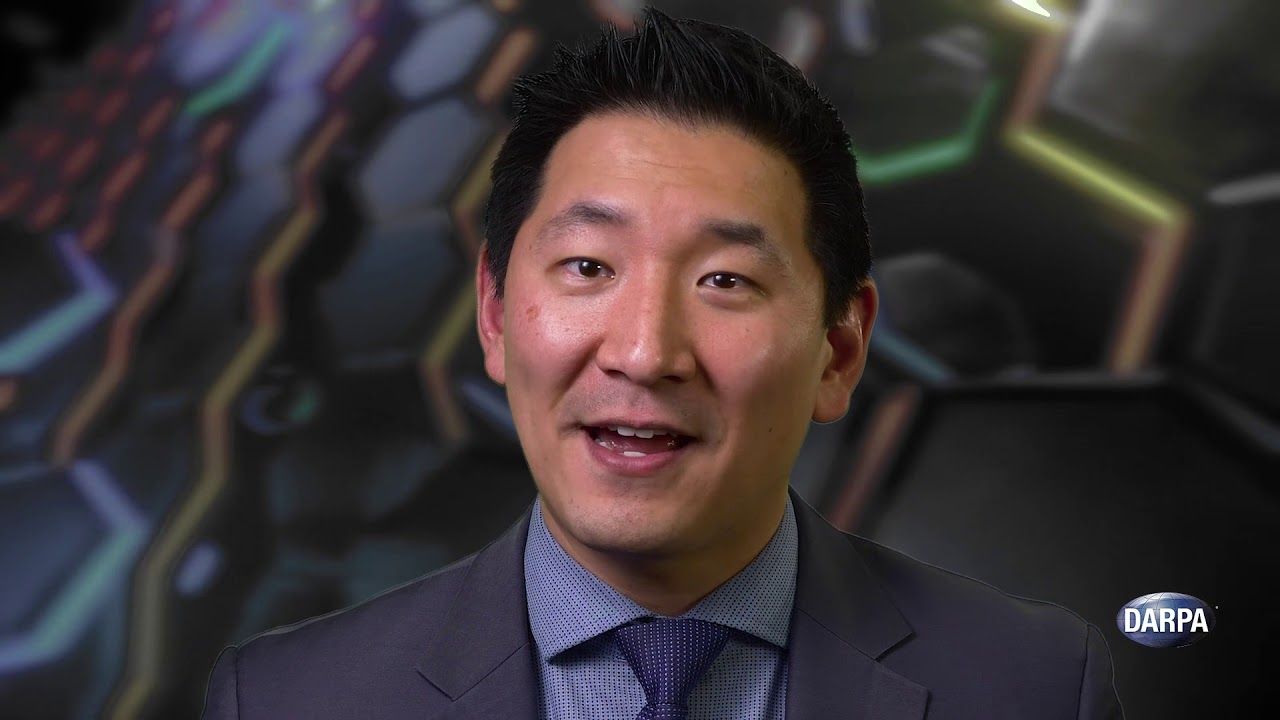
DARPA’s OFFensive Swarm-Enabled Tactics (OFFSET) program envisions future small-unit infantry forces using small unmanned aircraft systems (UASs) and/or small unmanned ground systems (UGSs) in swarms of 250 robots or more to accomplish diverse missions in complex urban environments. By leveraging and combining emerging technologies in swarm autonomy and human-swarm teaming, the program seeks to enable rapid development and deployment of breakthrough capabilities to the field.
To augment enhance OFFSET’s potential contributions to the warfighter, DARPA aims to engage with a wider developer and user audience through rapid technology-development and integration efforts called swarm sprints. Participants in these experiments—“sprinters”—can work with one or both integration teams and each other to create and test their own novel swarm tactics and enabling technologies.
Continue reading “OFFSET Program Calls for Participants in Swarm Sprints” »
Oct 29, 2017
These Images are Generated by a Deep Learning GAN
Posted by Shailesh Prasad in category: robotics/AI
This is my shortest article ever. I am speechless. “These Images are Generated by a Deep Learning GAN” is published by Carlos E. Perez in Intuition Machine.
Oct 29, 2017
Technology Could Allow Us to Bring the Dead Back to Life
Posted by Shailesh Prasad in category: futurism
What if you could continue to visit with a loved one after their death? It could be possible someday with ever-evolving technology.
Oct 29, 2017
Scientists Just Discovered That Bacteria Have a Sense of Touch
Posted by Shailesh Prasad in category: futurism
Bacteria may not have a central or sensory nervous system as we know it, but they can still physically “feel” the world around them, according to a new study.
It turns out the tiny microorganisms don’t just respond to chemical signals — they also have a sense of touch, and can recognise surfaces and respond to them. Wow.
Our sense of touch is a very important tool for living in the world. It helps avoid hazards and dangerous surfaces, and keeps you from crushing delicate objects.
Oct 29, 2017
This box can deliver electricity and drinking water anywhere
Posted by Shailesh Prasad in category: futurism

The “Off Grid Box” can provide clean drinking water and electricity just about anywhere. It can be used in developing countries or for people who simply prefer living off the grid.
Off Grid Box also says the device can be deployed in the event of a natural disaster.
Continue reading “This box can deliver electricity and drinking water anywhere” »
Oct 29, 2017
Toyota Just Announced a Deadline for the Phasing out of Gas Engines
Posted by Shailesh Prasad in category: transportation
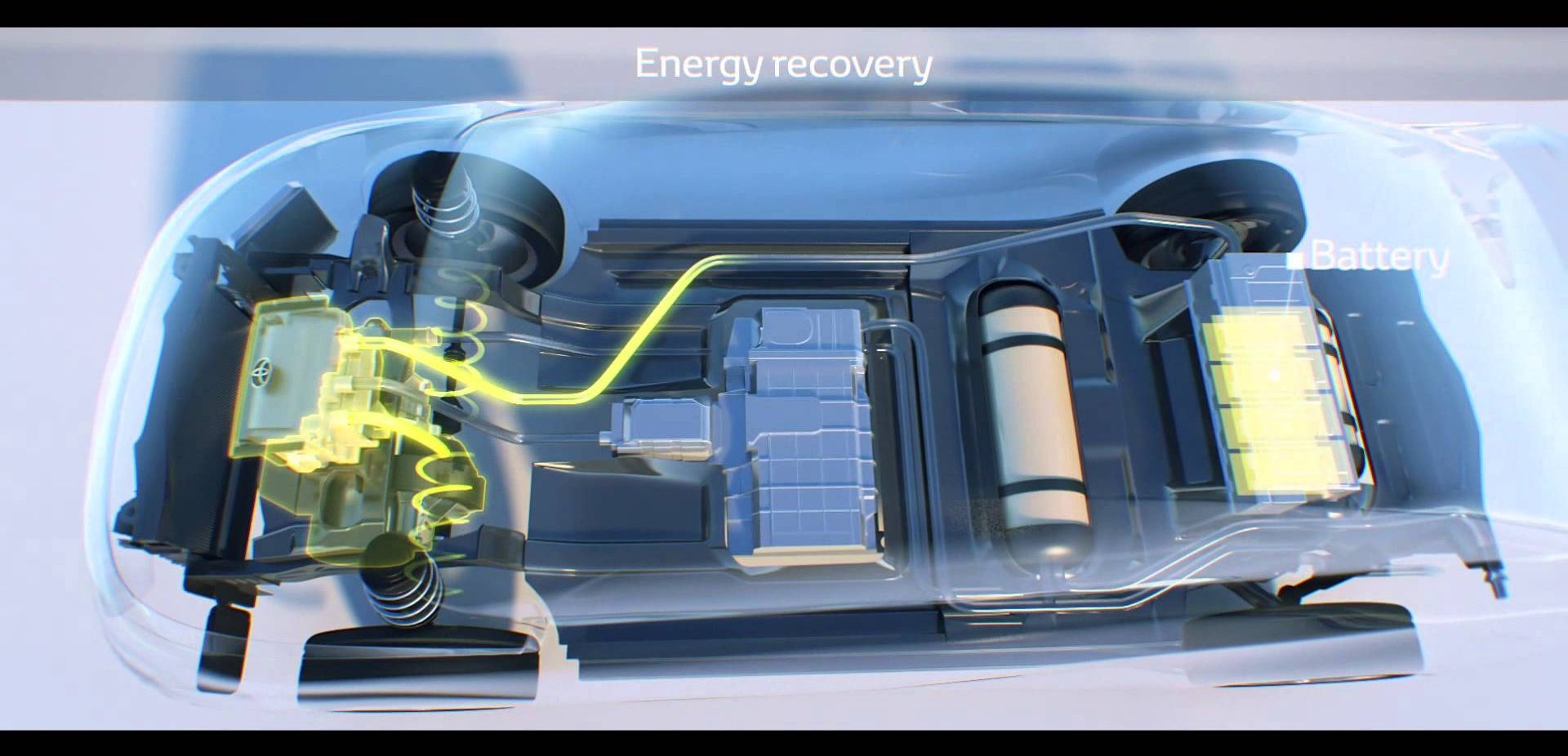
Japanese automaker Toyota is looking to reduce their vehicles’ carbon emissions by phasing out gas engines from their lineup by 2040.
Oct 29, 2017
Nanomagnets levitate thanks to quantum physics
Posted by Shailesh Prasad in categories: nanotechnology, quantum physics
Quantum physicists in Oriol Romero-Isart’s research group in Innsbruck show in two current publications that, despite Earnshaw’s theorem, nanomagnets can be stably levitated in an external static magnetic field owing to quantum mechanical principles. The quantum angular momentum of electrons, which also causes magnetism, is accountable for this mechanism.
Already in 1842, British mathematician Samuel Earnshaw proved that there is no stable configuration of levitating permanent magnets. If one magnet is levitated above another, the smallest disturbance will cause the system to crash. The magnetic top, a popular toy, circumvents the Earnshaw theorem: When it is disturbed, the gyrating motion of the top causes a system correction and stability is maintained. In collaboration with researchers from the Max Planck Institute for Quantum Optics, Munich, physicists in Oriol Romero-Isart’s research group at the Institute for Theoretical Physics, Innsbruck University, and the Institute for Quantum Optics and Quantum Information, Austrian Academy of Sciences, have now shown that: In the quantum world, tiny non-gyrating nanoparticles can stably levitate in a magnetic field.
